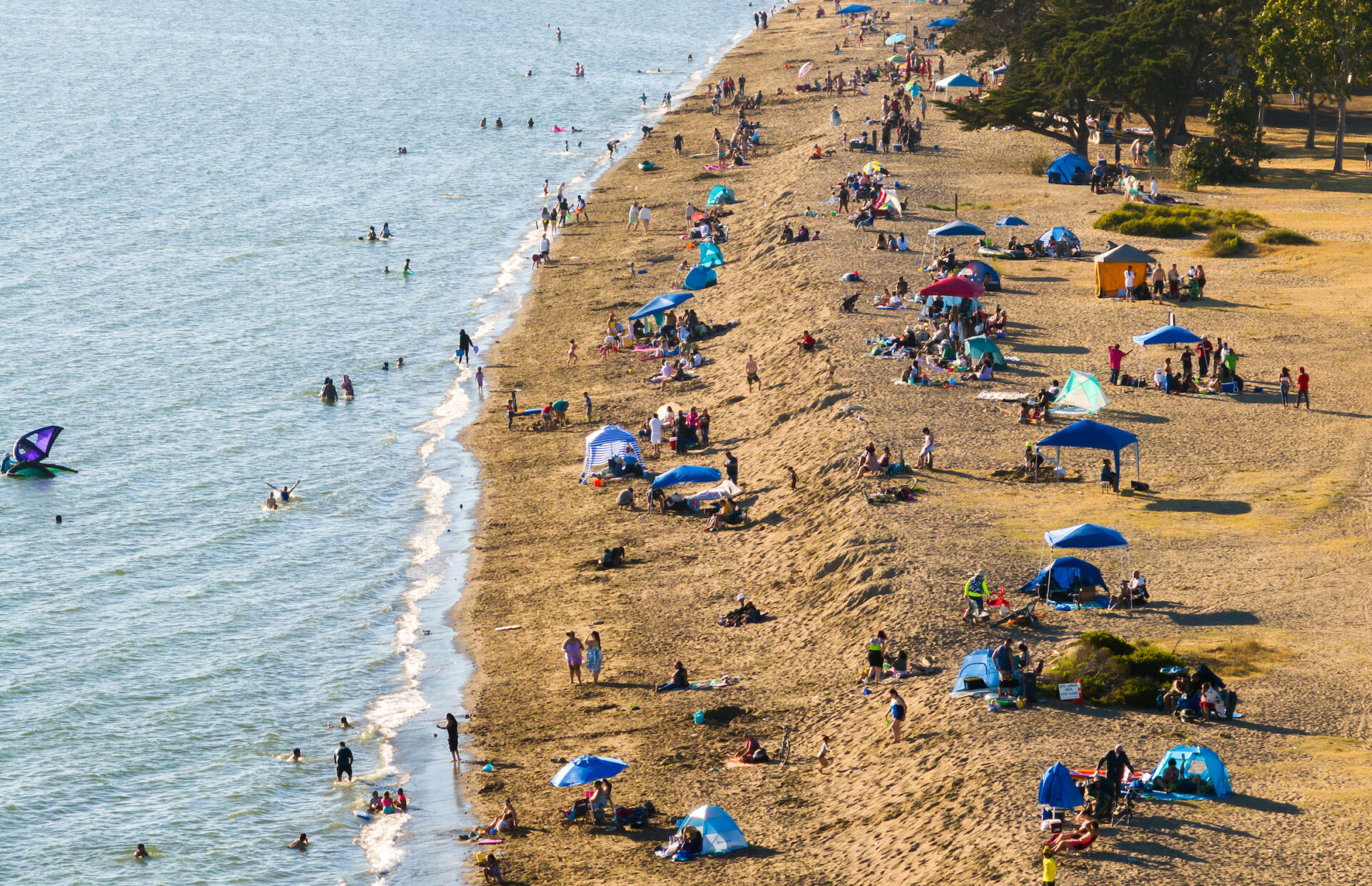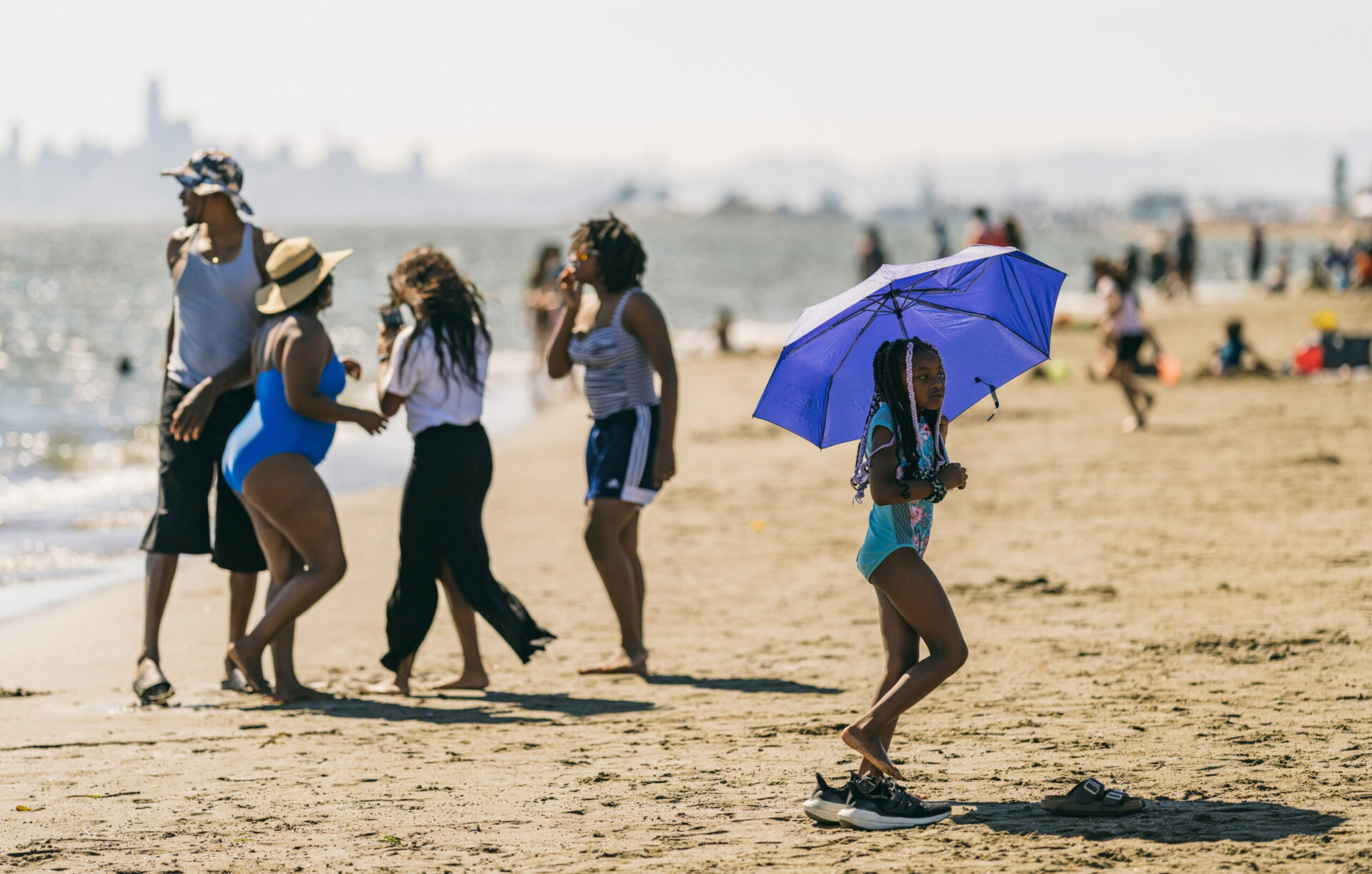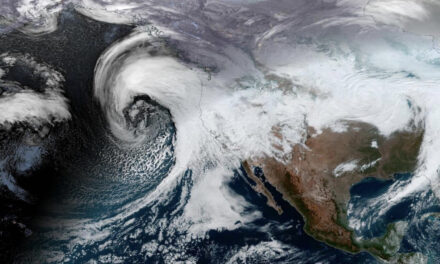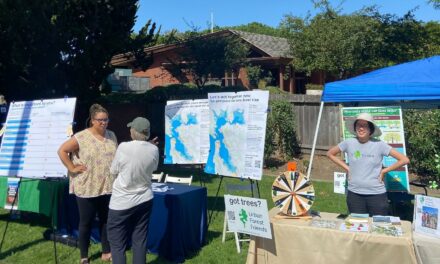When Hot Gets Hotter
As September unfolded into October, a record-setting heat wave extended across the Bay Area. Forecasts of more moderate 80-degree days kept vanishing, mirage-like, to be replaced by highs of 90 and 100 degrees. Autumn events including San Francisco’s annual Hardly Strictly Bluegrass festival were smothered in the unprecedented heat, and relief when the marine layer returned was nearly universal.
Weather affects all aspects of peoples’ well-being and, as climate change nudges the hottest days even hotter, it can affect our survival as well, according to recent research led by David Romps, a professor of earth and planetary science at the University of California, Berkeley.
“If you tell someone that temperatures have increased, that doesn’t really communicate the full extent to which the human body is being taxed,” says Romps. “In the most extreme weather, the body is getting pushed towards its physiological limit.”
Particularly when the weather is both hot and humid, a seemingly small change in temperature can have an outsized effect on human health and mortality. While it might not seem like much (after all, we barely notice similar changes on a daily basis) a moderate 3-degree increase in temperature impacts the body as if it were a whopping 10 degrees when it coincides with high humidity.

Crown Beach in Alameda. Photo: Maurice Ramirez
As temperatures rise, our bodies respond to keep our core temperatures low enough for us to function. One main response is to sweat: the evaporation off wet skin helps cool our bodies (which is why simple actions like showering, wetting hair or clothing, using a spray bottle on your skin, or, ideally, submerging in water can save lives, Romps emphasizes). But with higher humidity, less sweat is able to evaporate. Meanwhile, our bodies still absorb and generate heat — but with less cooling.
“At a certain combination of temperature and humidity, there is nowhere for the heat to go. It’s just going to build up in the body, and you’ve got hyperthermia,” says Romps.
Here in the Bay Area, we are not in danger of this phenomenon — our humidity levels don’t get high enough. Even projections of extreme climate warming don’t predict conditions that would be hyperthermic for a young, healthy adult, according to Romps. But, if you are older or have a health condition — or find yourself traveling to humid climates — you still need to be cautious.
“The heat index is an idealization, based on an ideal thermoregulatory system,” Romps says. “None of us have that. Many people would become ill or pass away before the heat index would say [they should].”
The bottom line is, listen to heat warnings — and to your body.
“If you’re at the point where you feel ill from the heat, take it super seriously,” Romps says. “You need to move immediately to deal with it. You’re already past where you should be.”
Other Recent Posts
Who Will Inherit the Estuary? Training for a Rough Future
The six-month program teaches students aged 17 -24 about the challenges facing communities around the SF Estuary, from Stockton to East Palo Alto.
Split Verdict Over State of the Estuary
Habitat restoration and pollution regulations are holding the Bay steady, but the Delta is losing some of its ecological diversity, says SF Estuary Partnership scorecard.
Volunteers Catch and Release Tiny Owls For Science
In Santa Rosa, citizen scientists capture northern saw-whet owls to help further research on climate impacts to the bird.
Antioch Desalination Plant Could Boost Local Water Supply
The $120 million plant opened this fall and treats 8 million gallons of brackish water a day, 75% of which is drinkable.
How Cities Can Make AI Infrastructure Green
Data centers fueling AI can suck up massive amounts of energy, water and land, but local policies can mitigate the impact.
What to Know about PFAS in Tri-Valley Water
In this nonfiction comic, explore how the city of Pleasanton is dealing with PFAS- contaminated groundwater.
ReaderBoard
Once a month we share reader announcements: jobs, events, reports, and more.










